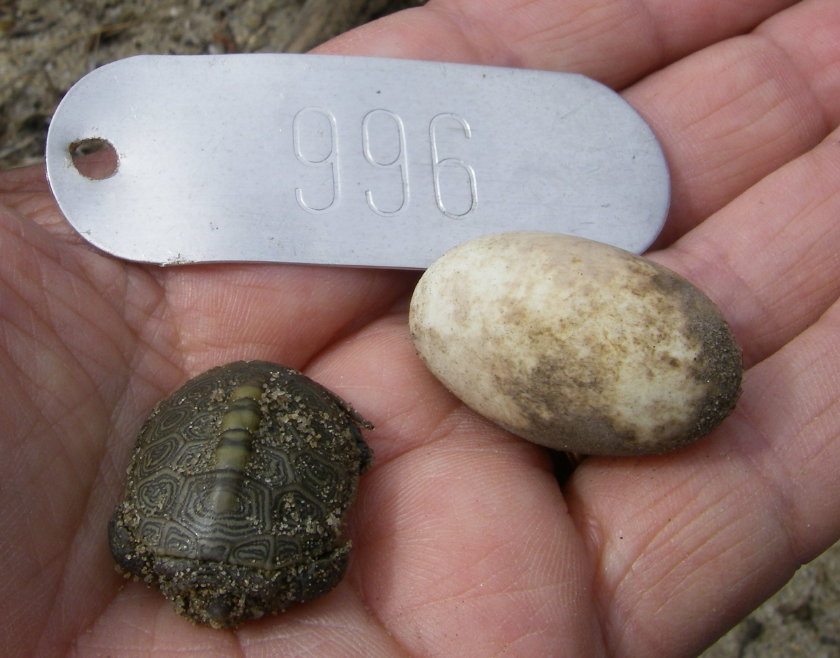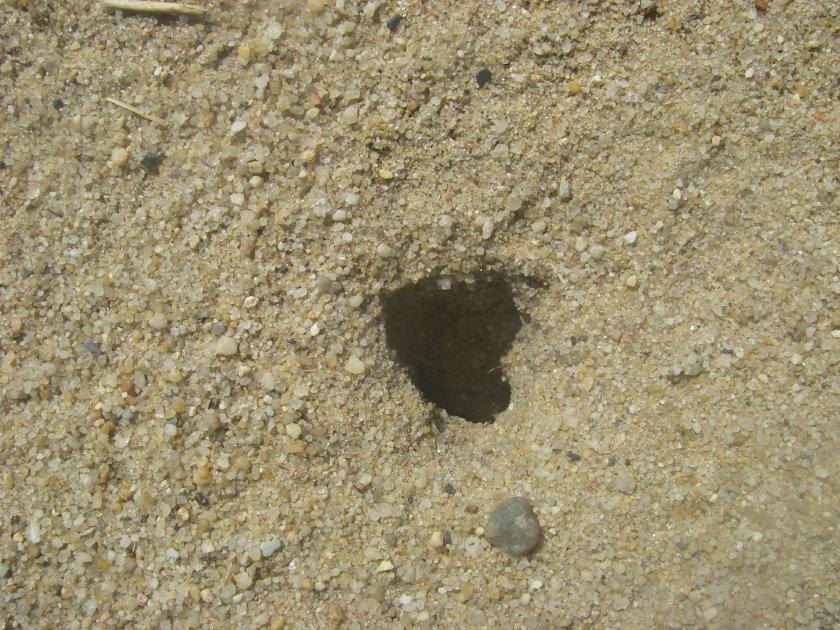As we explore the intertidal zone, that area between low and high tide where land and sea are locked in eternal battle, where life must confront pounding surf one moment alternating with barren exposure to rasping winds the next, where creatures are attacked by water predators half the time and land predators the rest of the day, where everything is drowned in brine at high tide and then soaked in rain at low, a harsh clime of extreme contrasts that change as quickly as New England’s weather; as we search this region we find one of its more common residents, the languid and familiar periwinkle (Littorina littorea). Some scientist sure wanted us to remember where this critter came from with both genus and species derived from the Latin littoralis (or litoralis) meaning “of the shore.”
Periwinkles and Barnacles
My earliest memories of Cape Cod sealife are of periwinkles dotting the rocky sidewalls of the canal where my mom and dad brought me each Sunday to fish. Back then fishing was less commercial, yet not purely recreational, either. Yes, it was a break from the intense six-day, back-straining work week, but no excurision was successful unless you brought home food that would supplement household resources, especially for meatless Fridays. And while fish were plentiful and Sunday after Sunday yielded flounder or cod or tautog or bass for the family table, there were days when the fish just “weren’t biting” and we had to look elsewhere on the food chain to meet our needs.
Blue Mussels
Next down our list were blue mussels that grew in large colonies on the old mud flats near the railroad bridge. Back in those days few people ate mussels. So, it’s amusing five decades later that you can’t read a seafood menu without mussels marinara or mussels something. But if the tide was too high and our access to the flats was cut off, there was always one last food source to exploit: periwinkles. They may have been small, but they were plentiful, very plentiful. And no one, no one ate or even thought of eating periwinkles. Yet, mom sauteed them in butter and garlic, then tossed them into her fresh spaghetti sauce for flavoring instead of pork or beef on meatless Fridays. Many years later when I visited my parents and brought them out to dinner at a fancy Boston restaurant, I suggested to mom that she try the escargot, sauteed in garlic and butter, as an appetizer. She looked at me as though she had raised a barbarian. “Snails! You want me to eat snails!” I smiled, apologized and suggested the mussels marinara.
Periwinkle (Littorina littorea)
While an extremely common critter along our rocky shores, jetties, dock pilings and tidal pools, periwinkles are not native to North America. They are an invasive species introduced into the Northeast perhaps sometime in the 19th century. First documented in Nova Scotia in the mid-1800s, periwinkles can now be found in plentiful numbers up and down the Eastern Seaboard. Whether they were brought to our shores deliberately as a favorite food of European settlers or they hitchhiked across from Europe in ballast water or clinging to creases in ship plankings, the method of their arrival is clouded in history. They are consumed extensively in Europe today and are increasingly being harvested from New England shorelines.
The main body of this small, shell-covered snail is comprised of a large foot, head and mantle, covered with a protective operculum (see image above). The operculum, a tough, horny “door” snaps the snail’s soft, vulnerable body into the shell during dry spells such as low tides.Â
Â
Periwinkle Anatomy
Â
Two antennae (chemosensory organs) peek out from a fleshy foot. In the image above you can see one eye near the stem of the higher antenna and the snout between the two antennae. The sole of the foot is the curved white surface behind (below) the operculum.  The muscular, mucus laden foot enables the periwinkle to move along rocky boulders and transverse rocky and sandy shores in search of food.  Periwinkles are herbivores.  They graze copious amounts of algae such as the the macro algae sea lettuce (Ulva lactuca) and much smaller diatoms (phytoplankton).
Â
Â
Periwinkle in Action
Â
Factoid: Periwinkles have a serrated, rasping, knife-like tongue called the radula. The radula scrapes algae from rocks. (In other snail species, the radula bores through hard shells like quahogs, oysters, et cetera.) For periwinkles, the algae is mixed with mucus and then passed into the digestive track.
Predators include crabs, seastars, birds and now a voracious worldwide human population.











